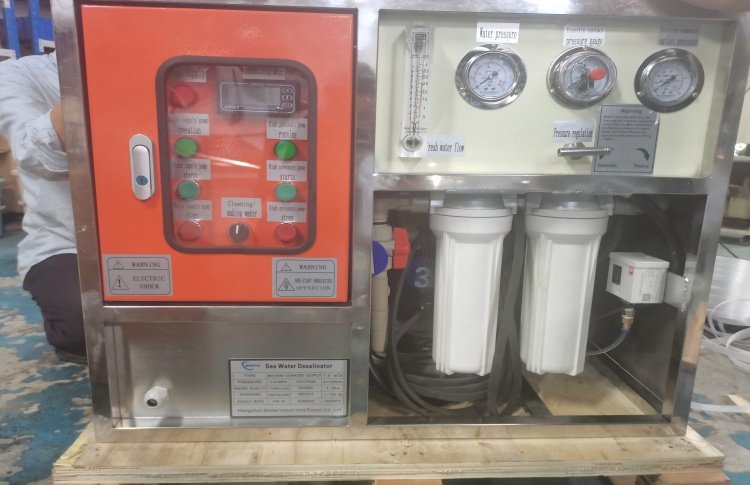Small Seawater Desalination Systems: Affordable Freshwater Solutions
Freshwater is essential for survival, yet in many coastal and island regions, it remains expensive and difficult to access. Traditionally, people buy freshwater from suppliers, but costs rise quickly due to transportation. Fortunately, small seawater desalination systems now offer a practical alternative.
These compact desalination units, producing 1–5 tons per day, require only 1.5–2.0 kW of power. They are portable, eficiente, and designed for fishing boats, yates, and households. With simple operation and low maintenance, these units provide a cost-effective desalination solution that saves money and ensures independence from water deliveries.
Why Compact Desalination Units Are Popular
Primero, small seawater desalination systems are highly economical. Instead of paying for freshwater each week, users can generate clean water on demand.
Second, these desalination units are Fácil de instalar. Their compact design allows them to fit into small spaces, such as the engine room of a yacht or a small facility on an island.
Third, maintenance is simple. Users only need to replace filters occasionally and carry out basic cleaning. Como resultado, long-term operation is stable and affordable.
Cost Analysis: Desalination vs. Freshwater Purchases
To illustrate the economic benefits, let’s compare the cost of desalinated water with purchased water.
Mesa 1: Cost of Freshwater from Desalination vs. Market Purchase
| Source of Water | Cost per Ton (Dólar estadounidense) | Notas |
|---|---|---|
| Purchased Water (delivered) | $8 - $12 | Varies by distance and logistics |
| Small Seawater Desalination Unit | $1 - $2 | Includes energy and filter costs |
| Average Savings | $6 - $10 | Long-term benefit |
The numbers show that a seawater desalination unit can reduce water expenses by up to 80%. Over months or years, the savings are substantial.
Energy Efficiency and Daily Output
Energy efficiency is another major advantage. With only 1.5–2.0 kW of power, even small generators or solar panels can operate these machines.
Mesa 2: Water Output vs. Consumo de energía
| Unit Size | Daily Output (montones) | Fuerza (KW) | Energy per Ton (kWh) |
|---|---|---|---|
| Small | 1 tonelada | 1.5 KW | ~36 kWh |
| Medio | 3 montones | 1.8 KW | ~14 kWh |
| Large | 5 montones | 2.0 KW | ~10 kWh |
As the unit size increases, the power per ton decreases. This makes larger systems even more efficient, while smaller systems remain ideal for boats and families.
Applications of Compact Desalination Machines
These seawater desalination units are versatile:
-
Fishing boats: Fishermen gain freedom to stay longer at sea without carrying freshwater tanks.
-
Yachts: Owners enjoy independence on extended voyages.
-
Households: Families on islands or remote coasts no longer depend on costly deliveries.
Because these compact desalination machines are easy to operate, users only need basic instructions to start producing clean freshwater daily.
Long-Term Financial Benefits
While the initial cost of a small desalination system may appear higher than buying a few tons of water, el return on investment is rapid. In many cases, the unit pays for itself in 1–2 years, depending on consumption. After that, every liter of water is far cheaper than purchased supplies.
This makes desalination not just convenient, but also a smart financial decision for anyone who regularly requires freshwater.
Environmental Advantages
Beyond economics, these desalination units also provide environmental benefits. Transporting water by trucks or boats consumes fuel and increases emissions. By producing water locally, users reduce their environmental impact.
Además, modern compact desalination systems consume far less power compared to older technologies, making them greener and more sustainable.
Conclusión
Owning a 1–5 ton/day seawater desalination system provides long-term savings, independence, and reliability. With compact size, low power demand, and easy operation, these machines are perfect for fishing boats, yates, and small households.
Compared to constantly buying freshwater, desalination delivers not only economic benefits but also environmental advantages. In short, small desalination systems are a rentable, sustainable, and practical solution for anyone living or traveling near the sea.
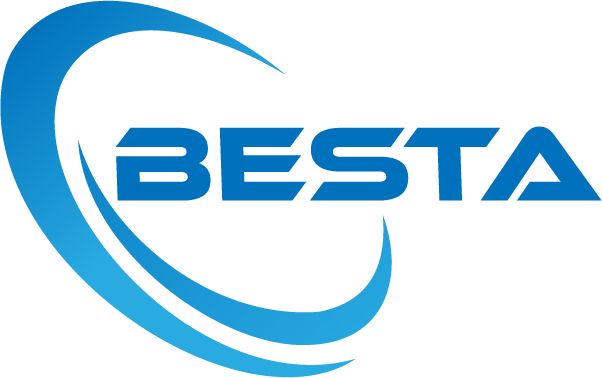
 Membrana MBR
Membrana MBR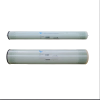 Membrana de ósmosis inversa
Membrana de ósmosis inversa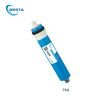 Membrana RO residencial
Membrana RO residencial Membrana UF
Membrana UF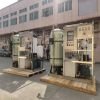 Planta de tratamiento de agua
Planta de tratamiento de agua Máquina residencial RO
Máquina residencial RO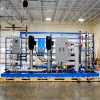 Sistema RO salobre
Sistema RO salobre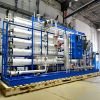 Sistema de agua de mar/planta SW ro
Sistema de agua de mar/planta SW ro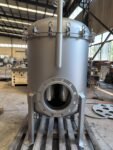 Filtro de bolsa
Filtro de bolsa Filtro de cartucho
Filtro de cartucho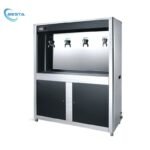 Sistema de filtración de agua comercial
Sistema de filtración de agua comercial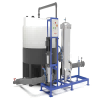 Sistema de limpieza de membrana(Titubear)
Sistema de limpieza de membrana(Titubear)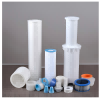 Accesorios de consumo
Accesorios de consumo